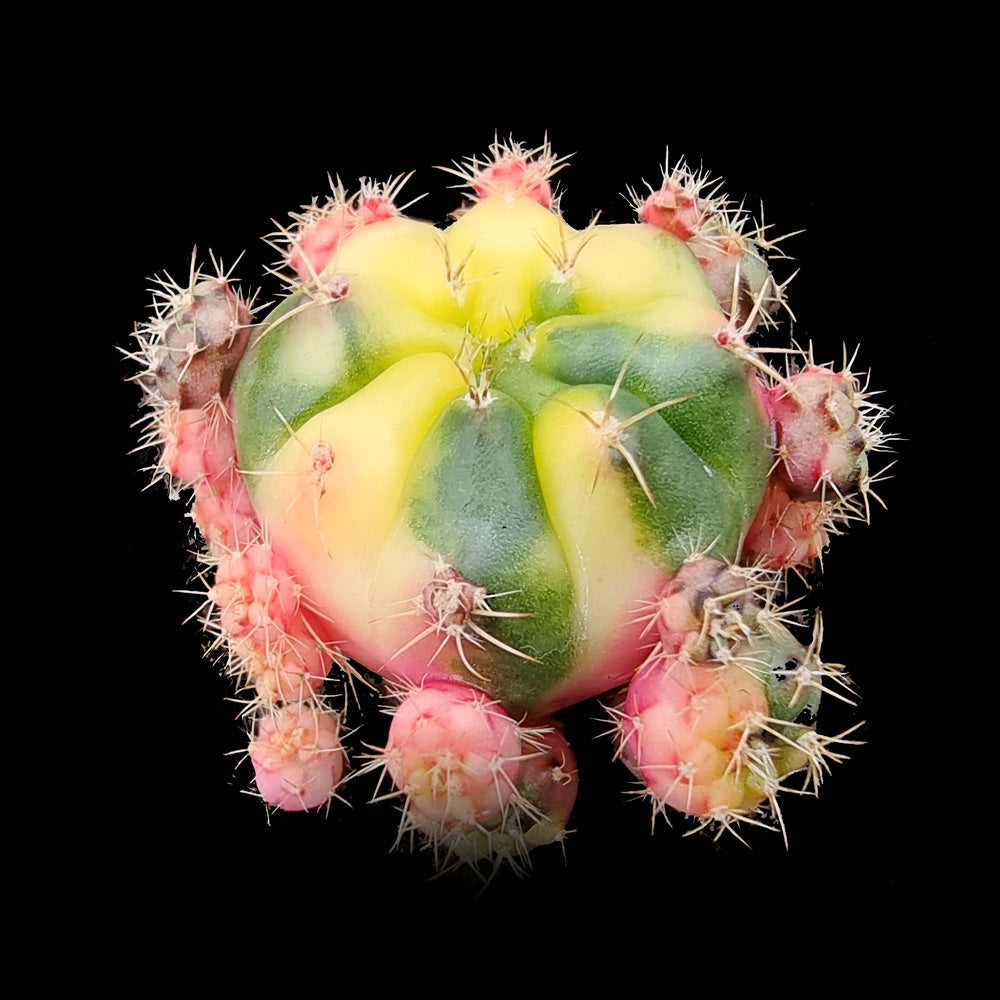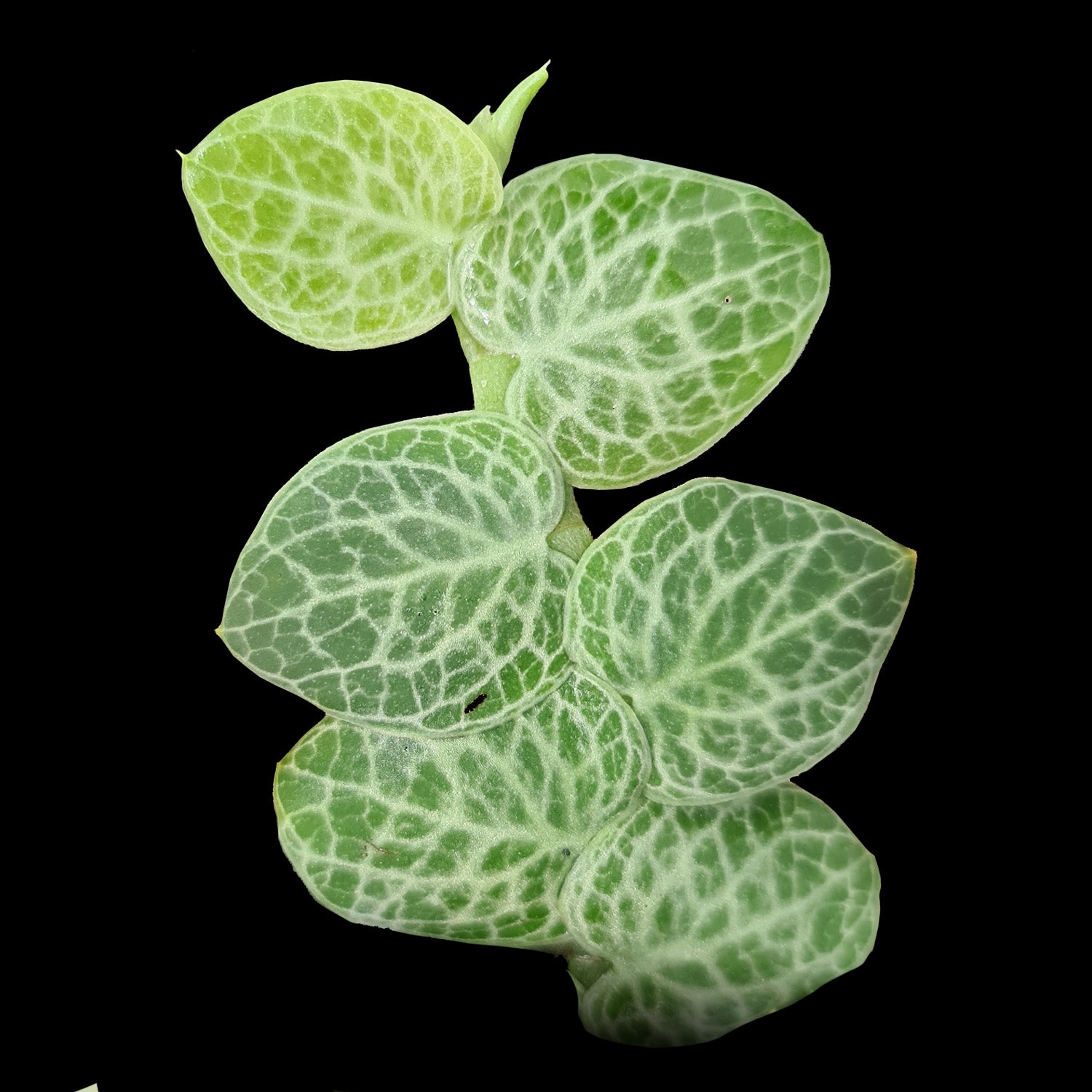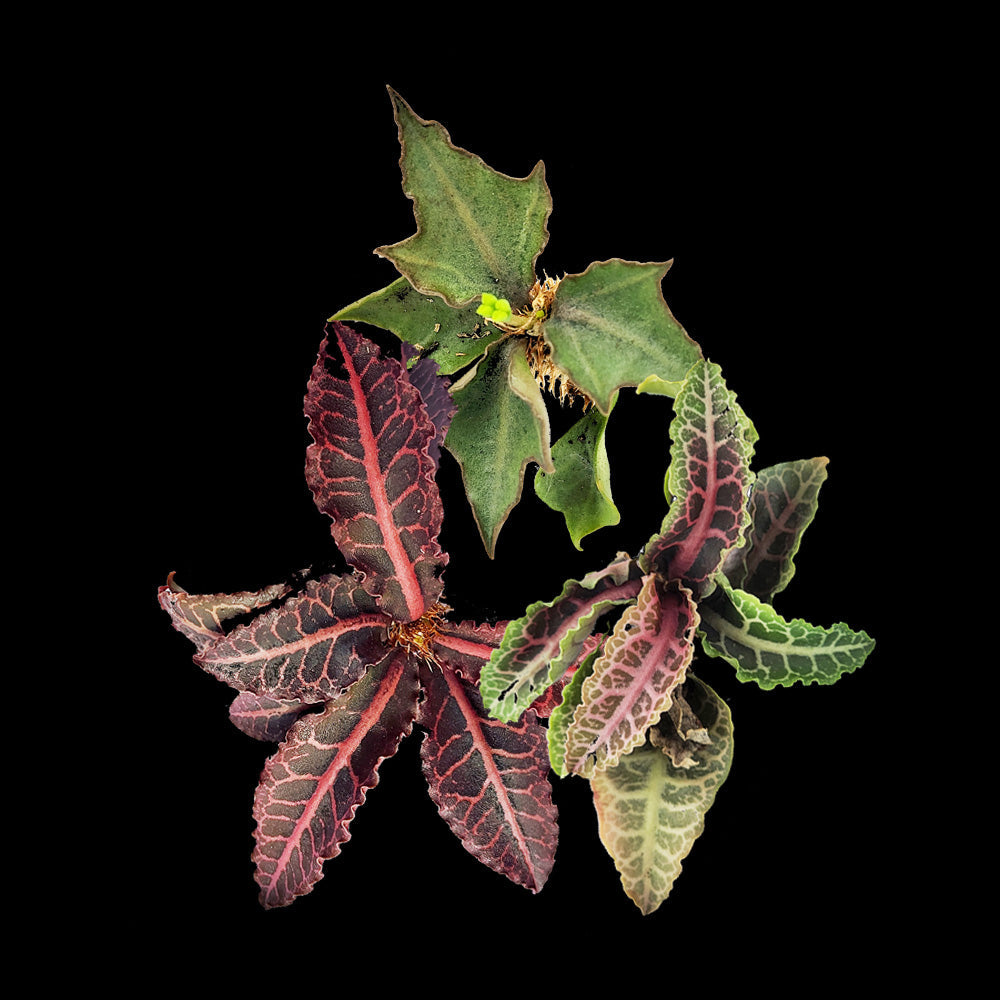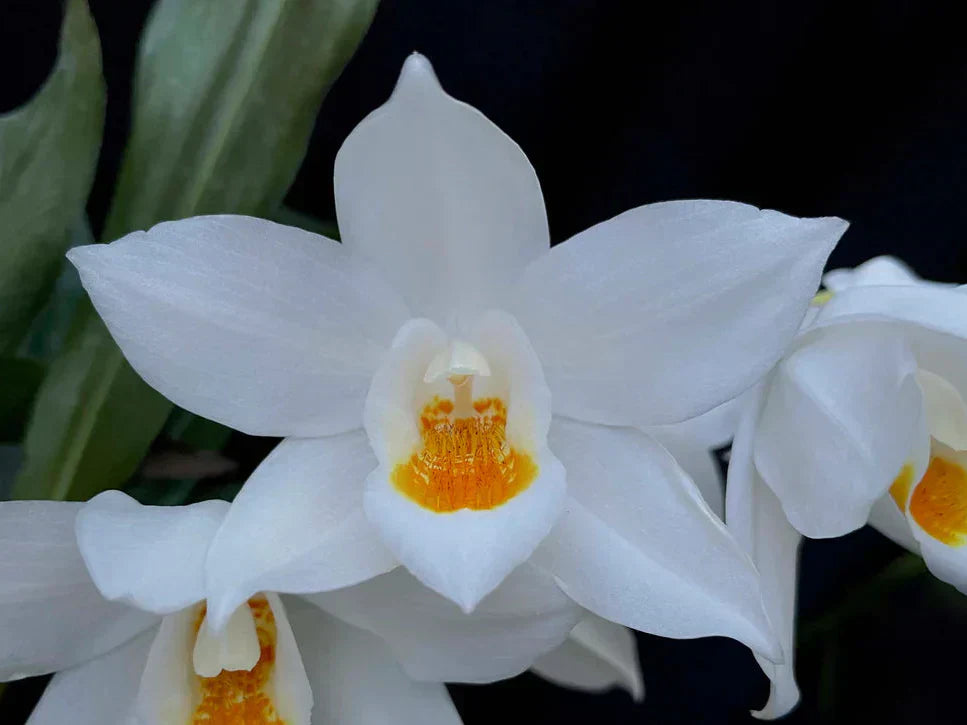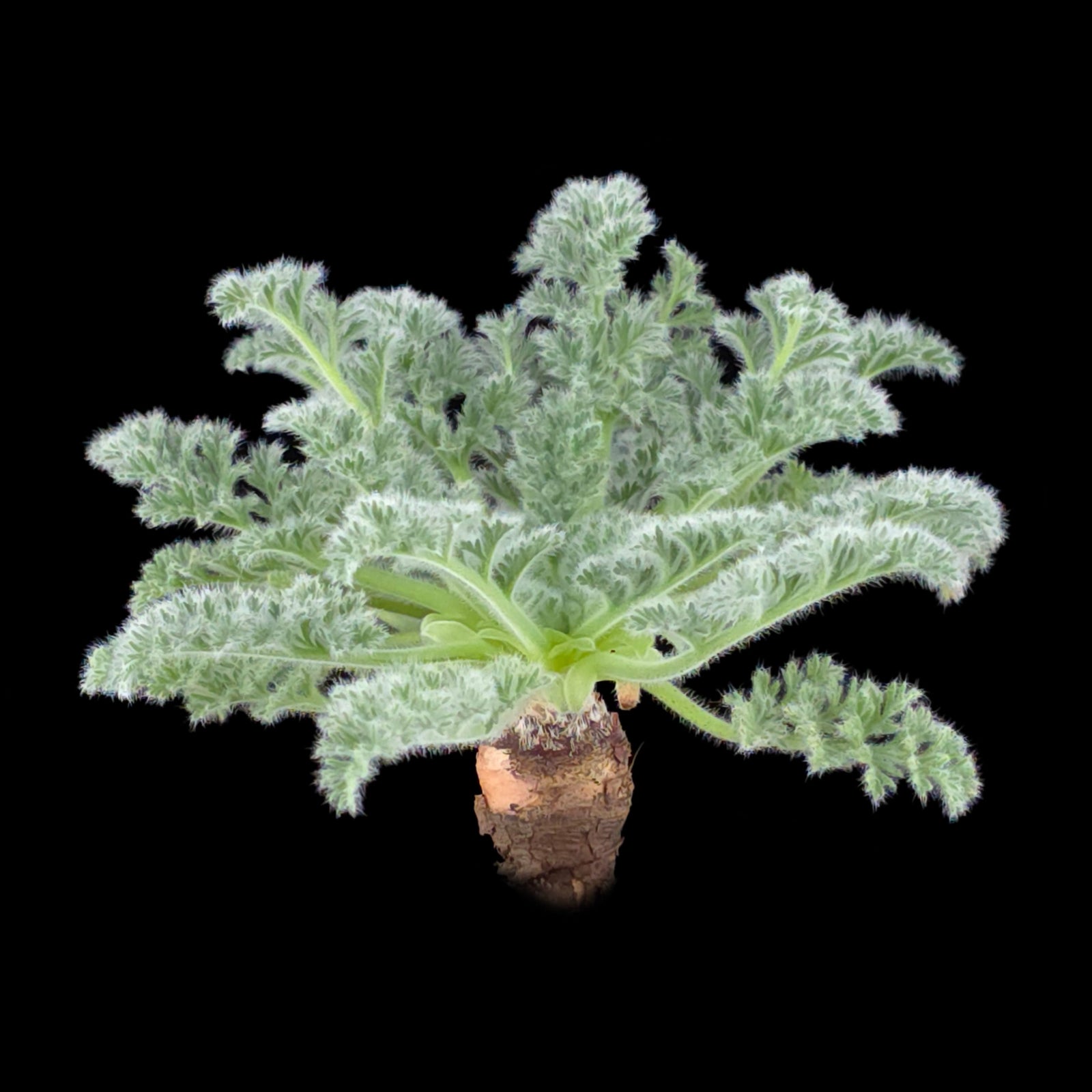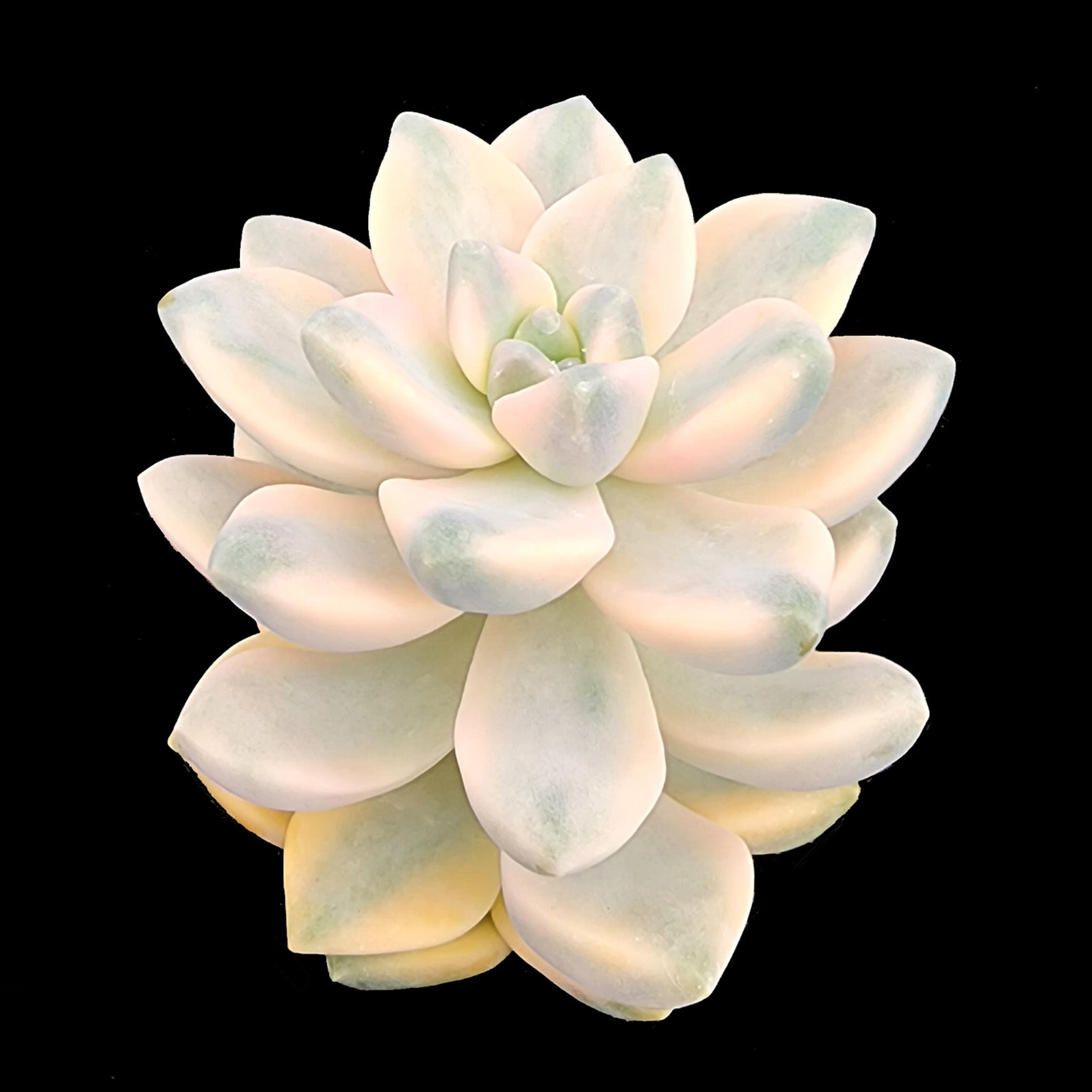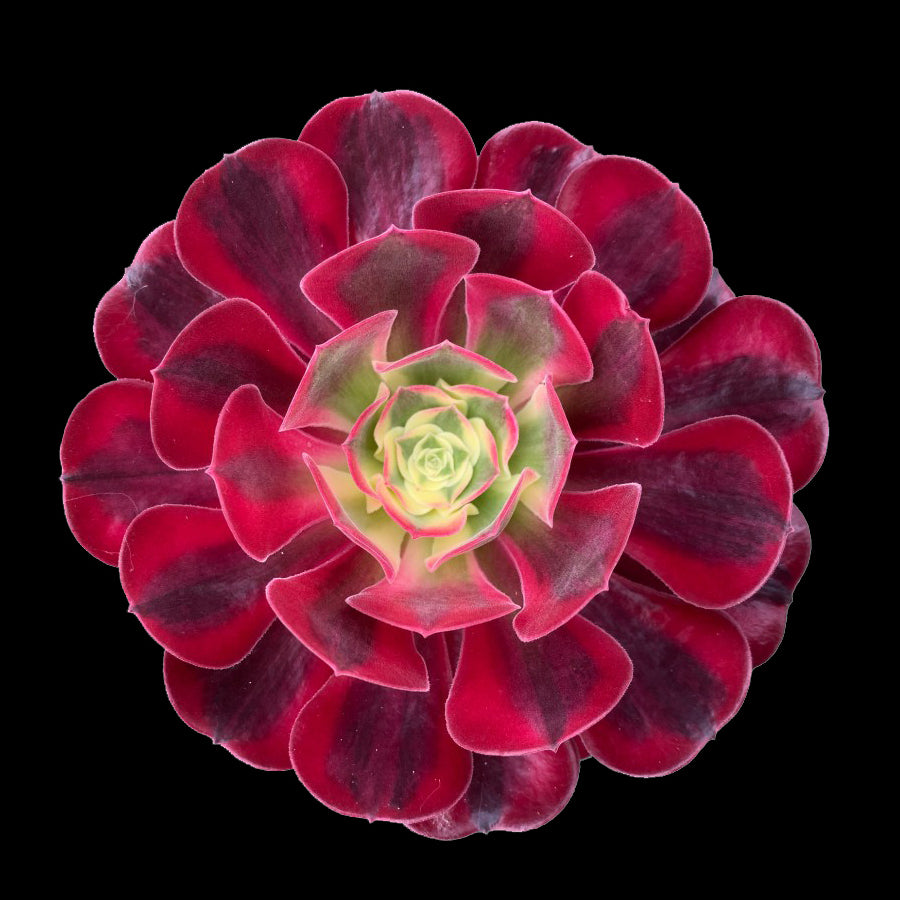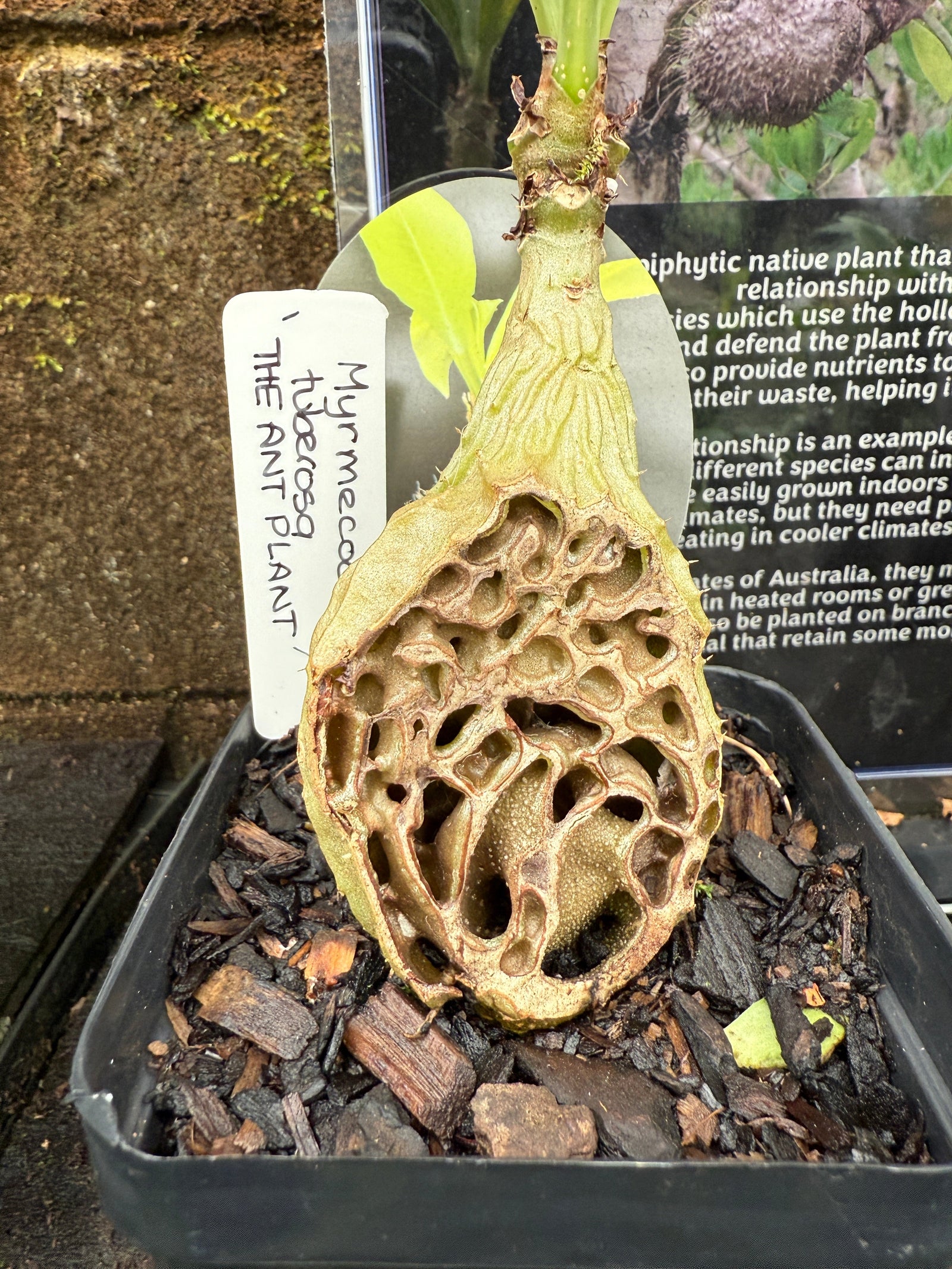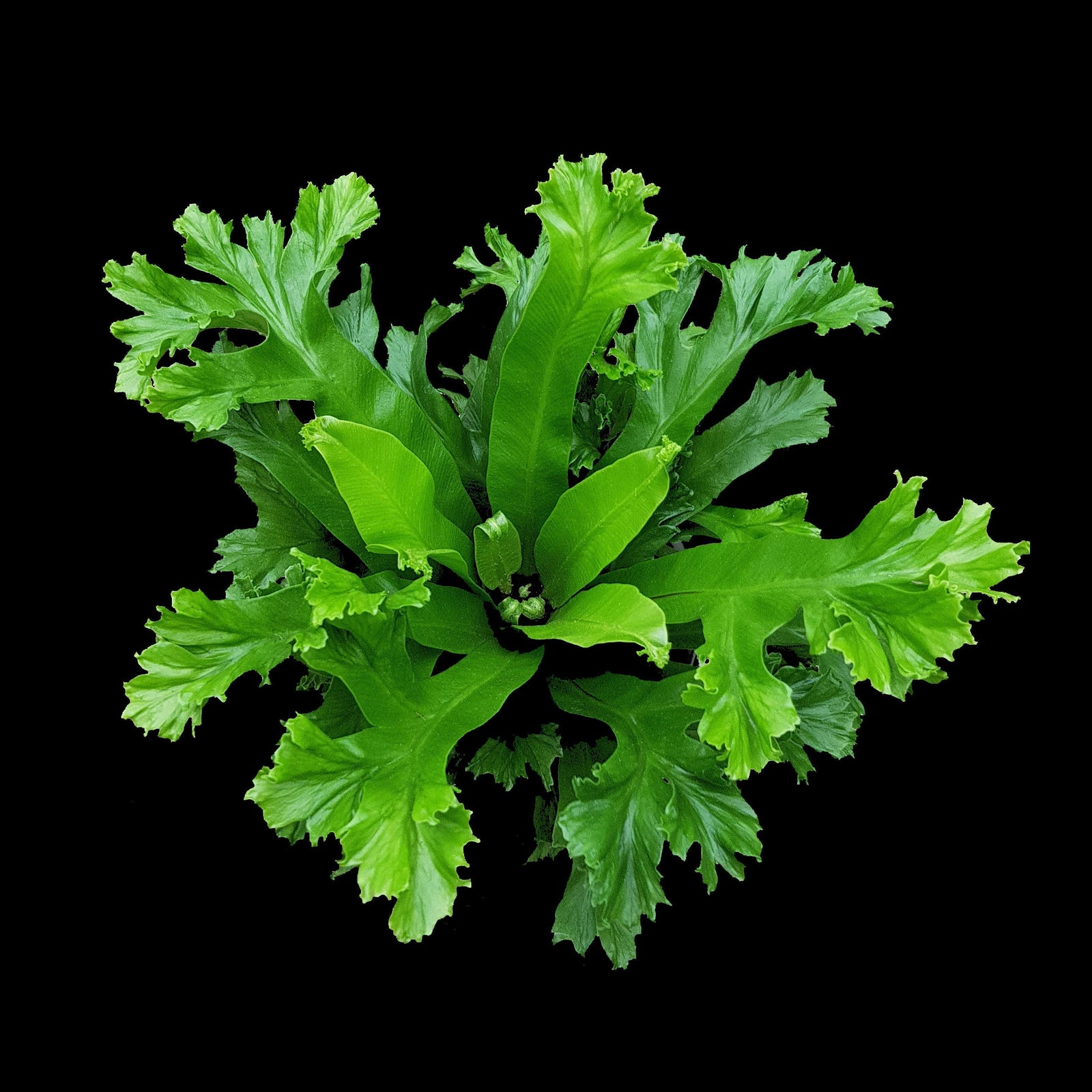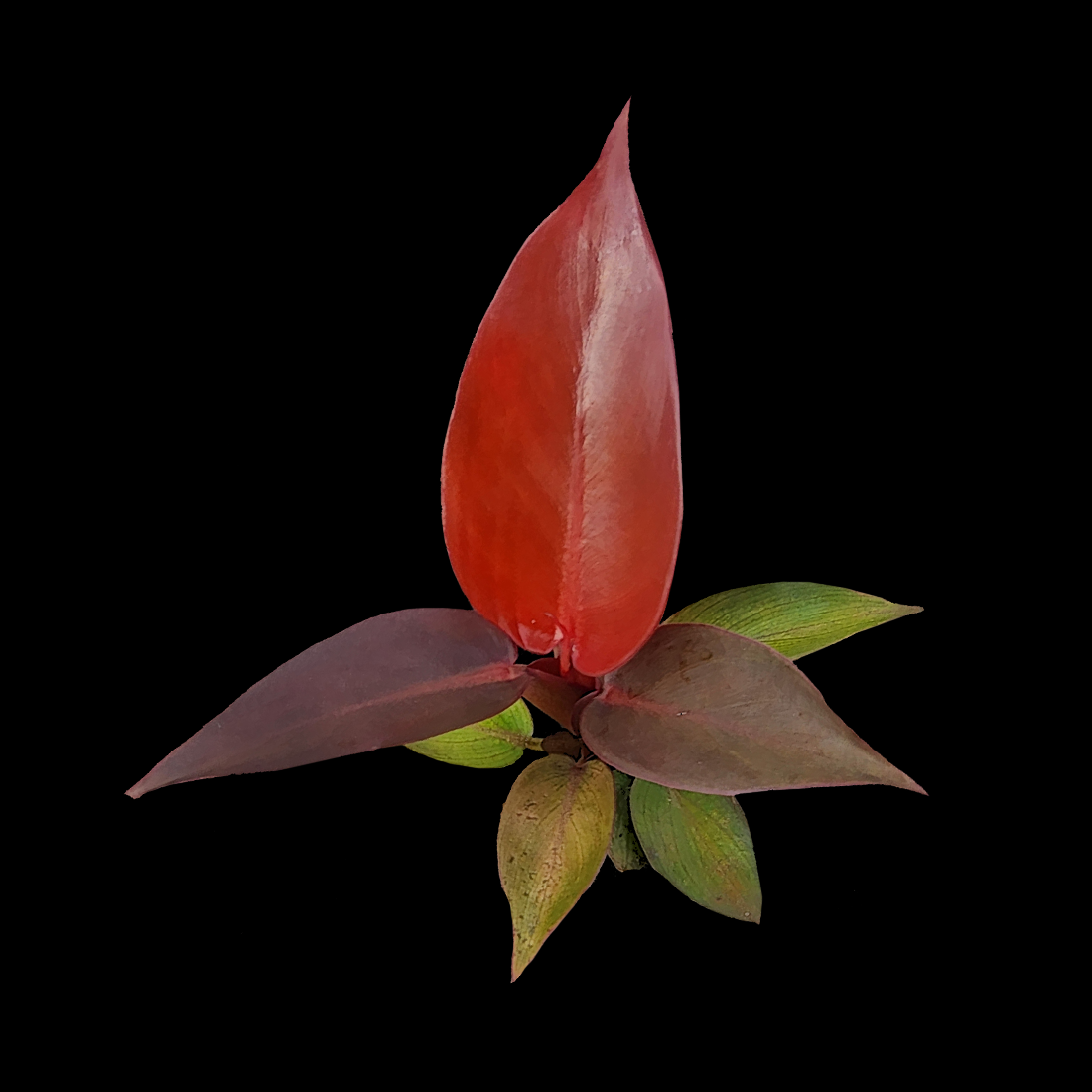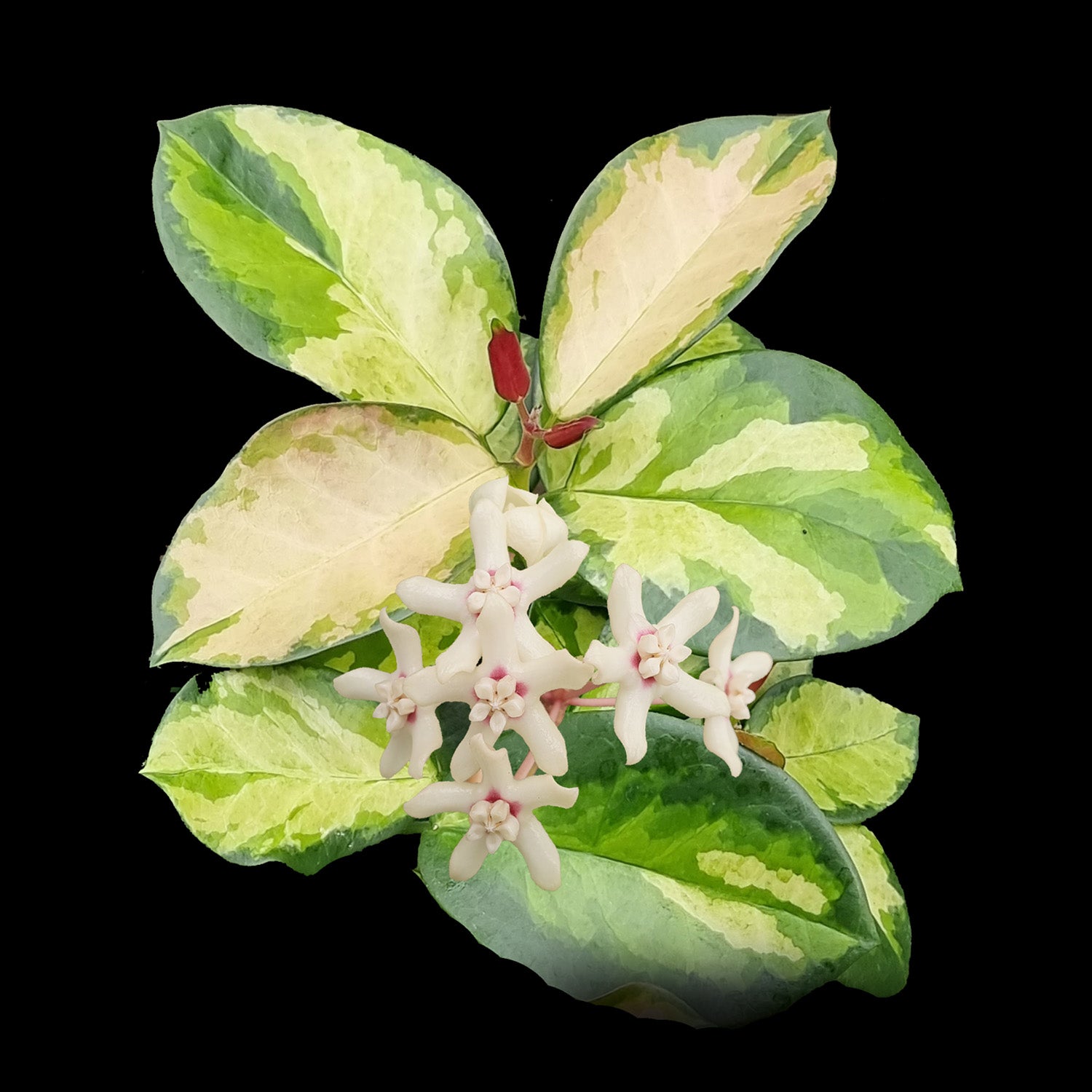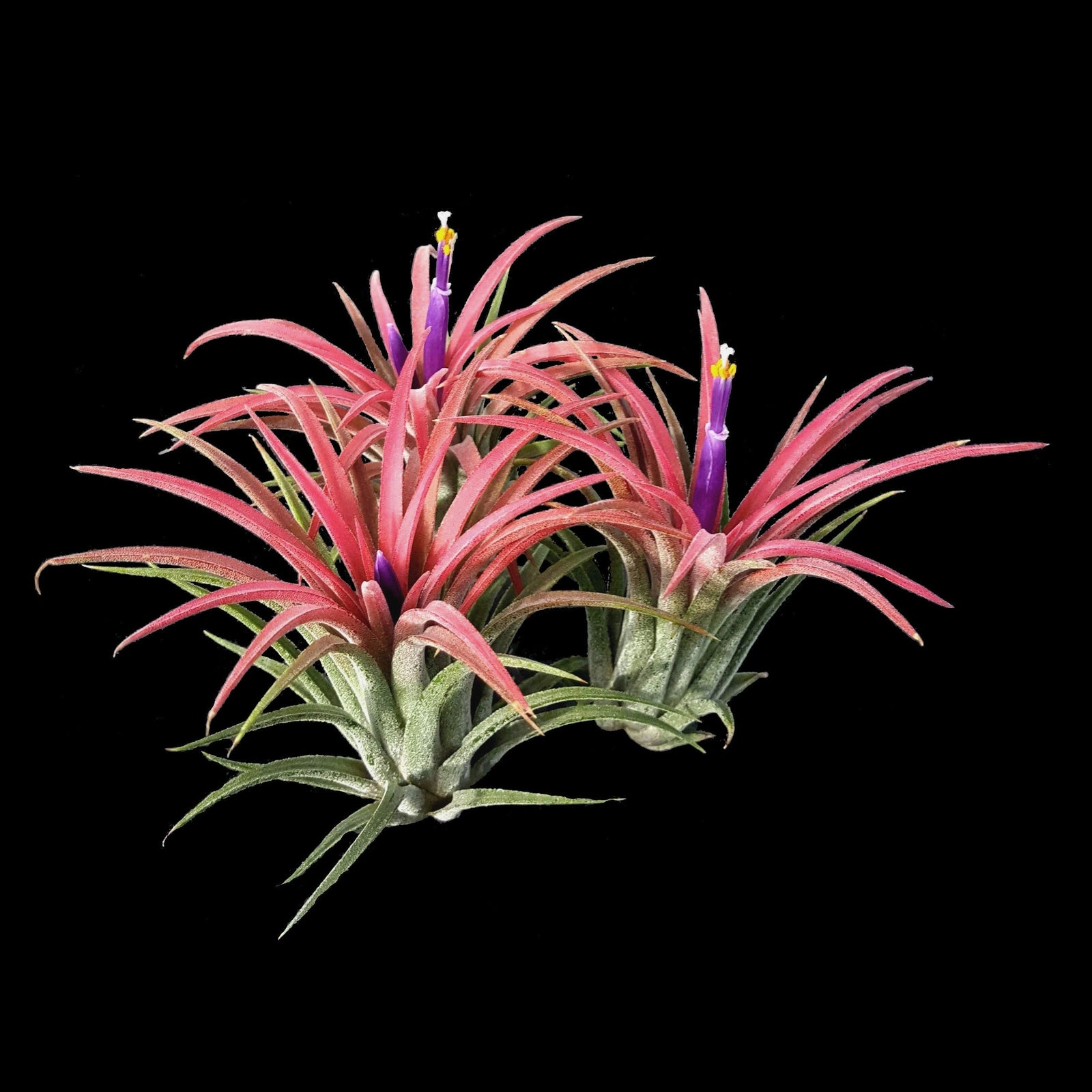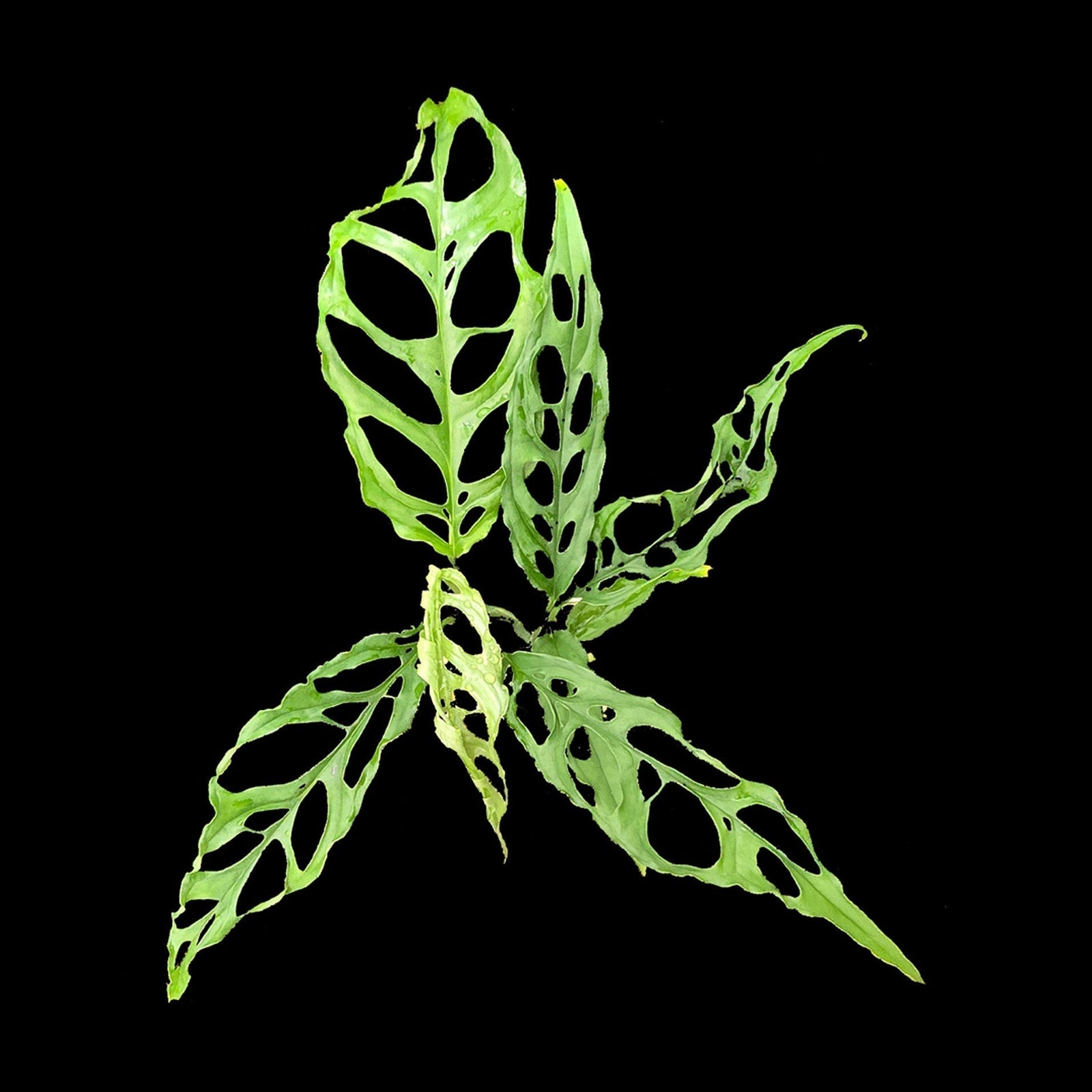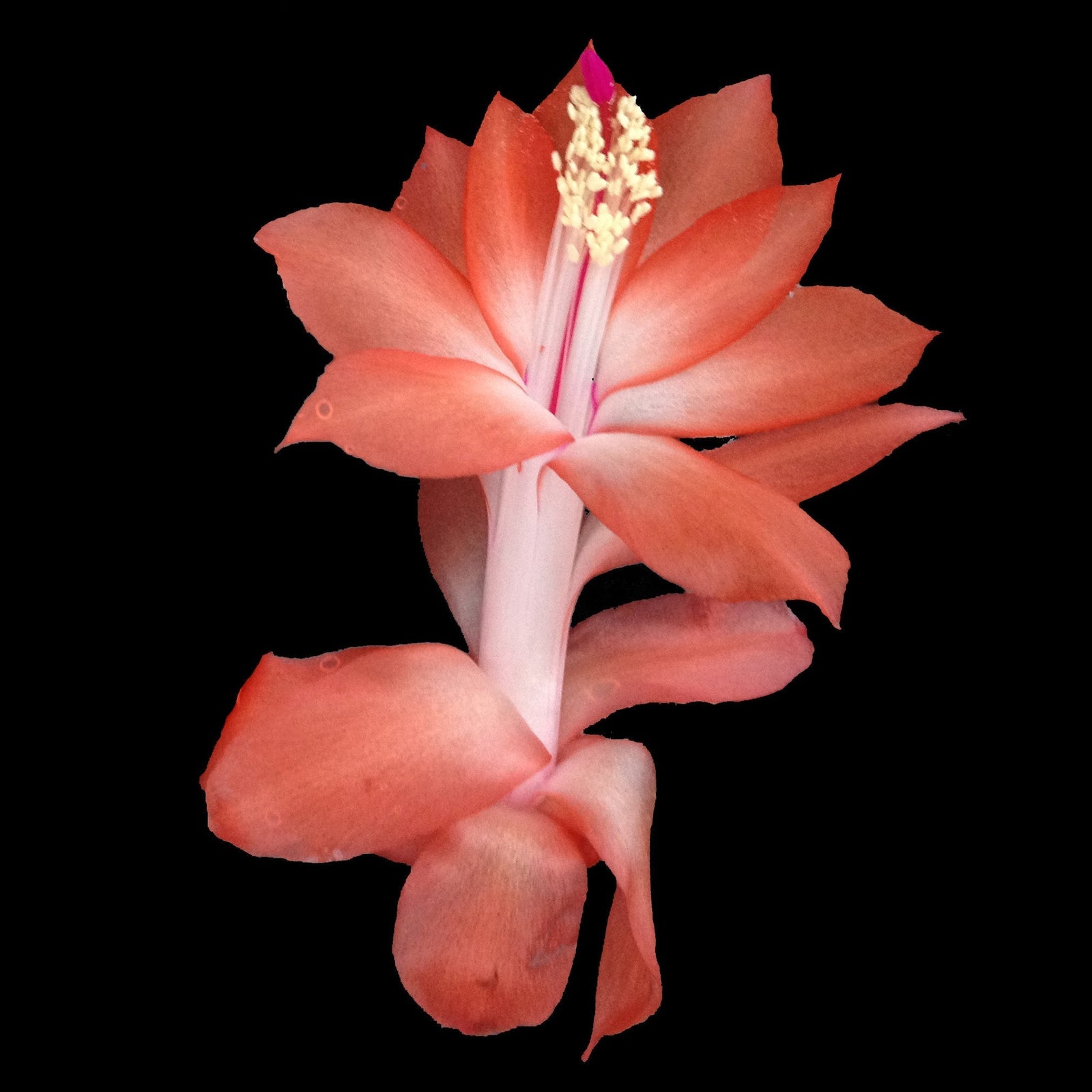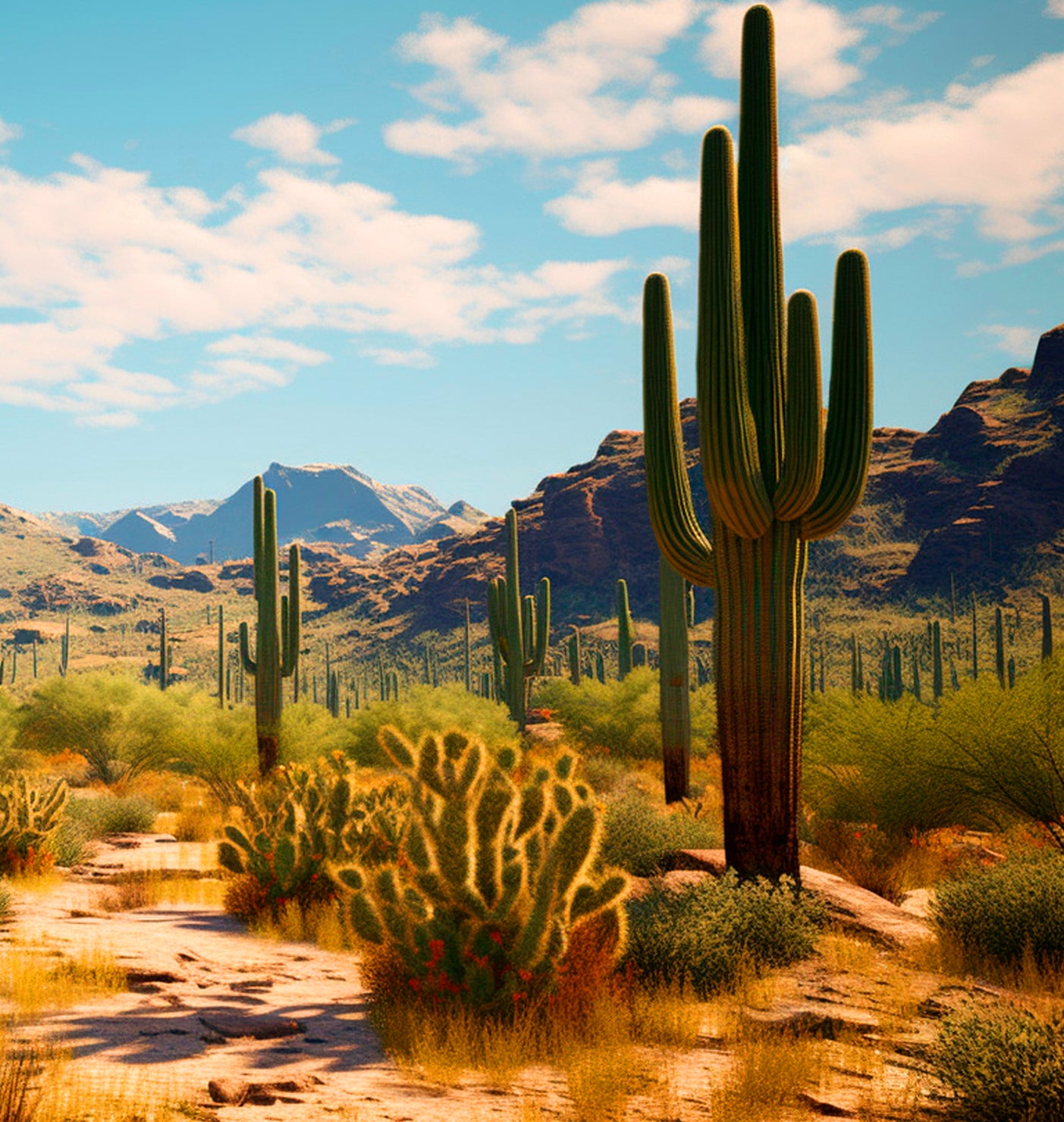The Climate Divide: Why Temperature is Everything
The success of growing a tropical pitcher plant (Nepenthes) depends entirely on identifying whether your specific plant is a Highland or Lowland type. This distinction determines the temperature range and humidity level required for the plant to thrive and produce pitchers.
- Lowland: Found at sea level up to roughly 1,000 meters. These thrive in consistent high heat (24°C–35°C) with no significant night-time temperature drop. They are the true tropicals.
- Highland: Found above 1,000 meters. These thrive on warm days and mandatory cool nights (a 10–15°C temperature swing is necessary for pitcher production). They tolerate cooler overall temperatures than Lowland types.
Lowland Nepenthes: The Houseplant Favorite
Lowland hybrids and species are generally the easiest to grow in standard homes or heated enclosures, as they tolerate stable temperatures well.
- Temperature: Must remain above 18°C (65°F) year-round. Consistent warmth is non-negotiable.
- Common Examples: Many common hybrids like 'St Gaya', 'Miranda', and pure Lowland species like N. ampullaria.
Highland Nepenthes: The Collector's Challenge
True Highland species are more challenging outside of dedicated growing setups, as they often require a night-time temperature drop (known as the 'Highland Chill') to produce their colourful traps.
- Temperature: Requires days in the low 20s (°C) and nights that drop to 10°C–15°C.
- Pitcher Production: Without the night-time temperature drop, the plant will produce leaves but fail to form pitchers.
- Common Examples: Pure species like N. villosa, N. edwardsiana, and hybrids with strong Highland parentage.
Actionable Care: Universal Rules for Nepenthes
Always verify the specific habitat requirements of your hybrid or species. The best general practice is to provide bright, indirect light and humidity above 60%.
- Media: Use a loose, open mix—often long-fiber sphagnum moss mixed with perlite or orchid bark. Never use potting soil.
- Water: Use only Pure Water (RO/Distilled). Never use the tray method; keep the media moist but well-drained. (This will link to your existing Zero-Tolerance Water Guide.)
- Pest Watch: Pitcher Plants are vulnerable to Scale and Mealybugs hiding in unfurling leaves. For inspection and treatment, see our guide on Dealing with Aphids & Mealybugs.






























